I have developed a genetic algorithm for estimating the probability of observing an animal, given its genotype, across a regular grid of locations, here in south-east England. Using ggplot2 I can easily generate either a probability contour plot or a land-only (polygon-filled) map, but what I want is a map where the contour plot is restricted to land:
The desired outcome is generated by adding a black mask to the contour plot in Powerpoint, a tedious procedure that is impractical for generating the hundreds I need. I am sure there must be a simple way to do this.
I generate the contour plot using:
v <- ggplot(data, aes(Lat, Lng, z = P))
v + geom_contour(bins = 20)
and the map using:
ggplot(data = world) +
geom_sf(color = "black", fill = "gray") +
coord_sf(xlim = c(-2.3, 1.9), ylim = c(50.9, 53.5), expand = FALSE)
my input file comprises all locations in 0.05 increments of longitude and latitude in the intervals specified. It is large but I would happily add it if this helps. I have looked online and cannot see any examples that match what I want.
I have tried adding one component to the other as an extra layer but I struggle to understand what is needed and what the syntax are. For example:
layer(geom = "contour", stat = "identity", data = data, mapping = aes(Lng,Lat,P))
Error: Attempted to create layer with no position. but even if this works it does not mask the sea area.

